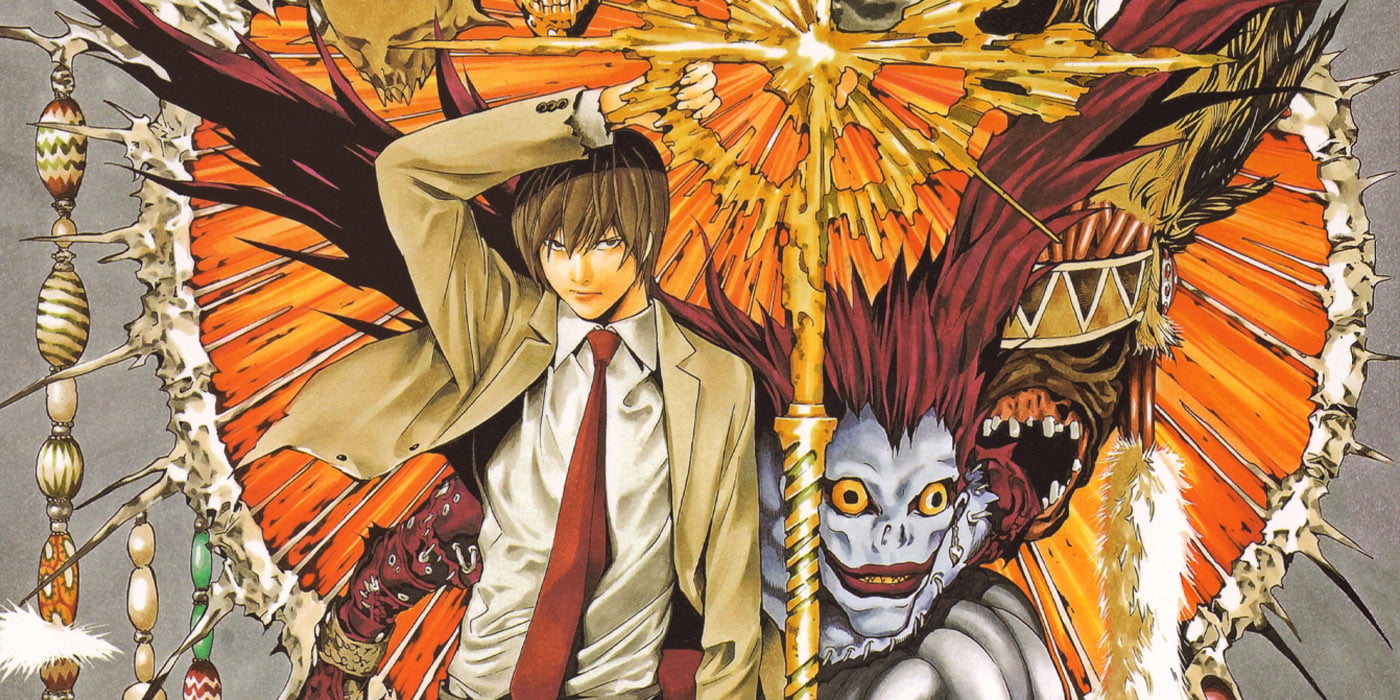Storytelling is a timeless craft that transcends cultures and ages, weaving together narratives that captivate and educate. While words have traditionally been the primary medium for storytelling, drawings offer a unique and powerful way to convey stories. Through the intricate details, expressive characters, and dynamic scenes, artists can create rich, immersive worlds that speak directly to the viewer’s imagination.

The Power of Visual Narratives
Visual storytelling is an ancient practice, dating back to cave paintings and hieroglyphs. These early forms of communication relied on images to convey complex ideas, emotions, and events. Today, the tradition continues in various forms such as comics, graphic novels, and manga. Drawings can often express what words cannot, capturing nuances of emotion and action in a single frame. They allow for a more immediate and visceral connection to the story, engaging the viewer’s senses and imagination in ways text alone cannot.
The Elements of Effective Storytelling Through Drawings
Creating a compelling story through drawings involves several key elements:
- Characters: Well-developed characters with distinct personalities and visual traits make the story relatable and engaging. Their expressions and body language can convey a wide range of emotions and reactions.
- Setting: The background and environment set the stage for the narrative, providing context and enhancing the mood. Detailed and thoughtfully designed settings can immerse the audience in the story’s world.
- Plot: A clear and coherent plot is essential. Each panel should progress the story, with a beginning, middle, and end that keep the reader engaged.
- Pacing: The flow of the story is controlled through the arrangement of panels and the timing of key moments. Effective pacing can build suspense, highlight important events, and provide necessary pauses.
Manga: A Testament to the Power of Drawing
Manga, the Japanese art of comic storytelling, is a prime example of how drawings can be used to tell complex and compelling stories. Manga artists, or mangaka, are renowned for their ability to create detailed and emotive illustrations that drive the narrative forward.
Hajime Isayama, the creator of the renowned manga series “Attack on Titan,” masterfully tells stories through his drawings. His detailed illustrations and compelling narratives captivate readers, vividly depicting intense emotions, action, and the dark, complex world of his creation.

Another notable mangaka is Hayao Miyazaki, co-founder of Studio Ghibli and creator of beloved films such as My Neighbor Totoro and Spirited Away. While Miyazaki is primarily known for his animation, his storytelling roots are deeply entrenched in manga. His works often feature richly detailed settings and complex characters that explore profound themes.

Takeshi Obata, the illustrator of the acclaimed manga series “Death Note,” excels in storytelling through his detailed and expressive drawings. His art enhances the suspenseful narrative, bringing characters and dramatic scenes to life, and adding depth to the psychological thriller.

Naoki Urasawa, a master of manga, is celebrated for his exceptional storytelling through intricate drawings. Works like “Monster” and “20th Century Boys” showcase his ability to weave complex narratives, with detailed, expressive art that brings his suspenseful and emotionally charged stories to life.

Conclusion
Storytelling through drawings is a powerful and versatile medium that continues to evolve and inspire. From the ancient cave paintings to the modern manga masterpieces, the ability to tell a story through images remains a vital form of human expression. Whether you’re an aspiring artist or an avid reader, the world of visual storytelling offers endless possibilities to explore and enjoy. Through the skillful use of characters, settings, plot, and pacing, artists can create narratives that resonate deeply with audiences, transcending the barriers of language and culture.





